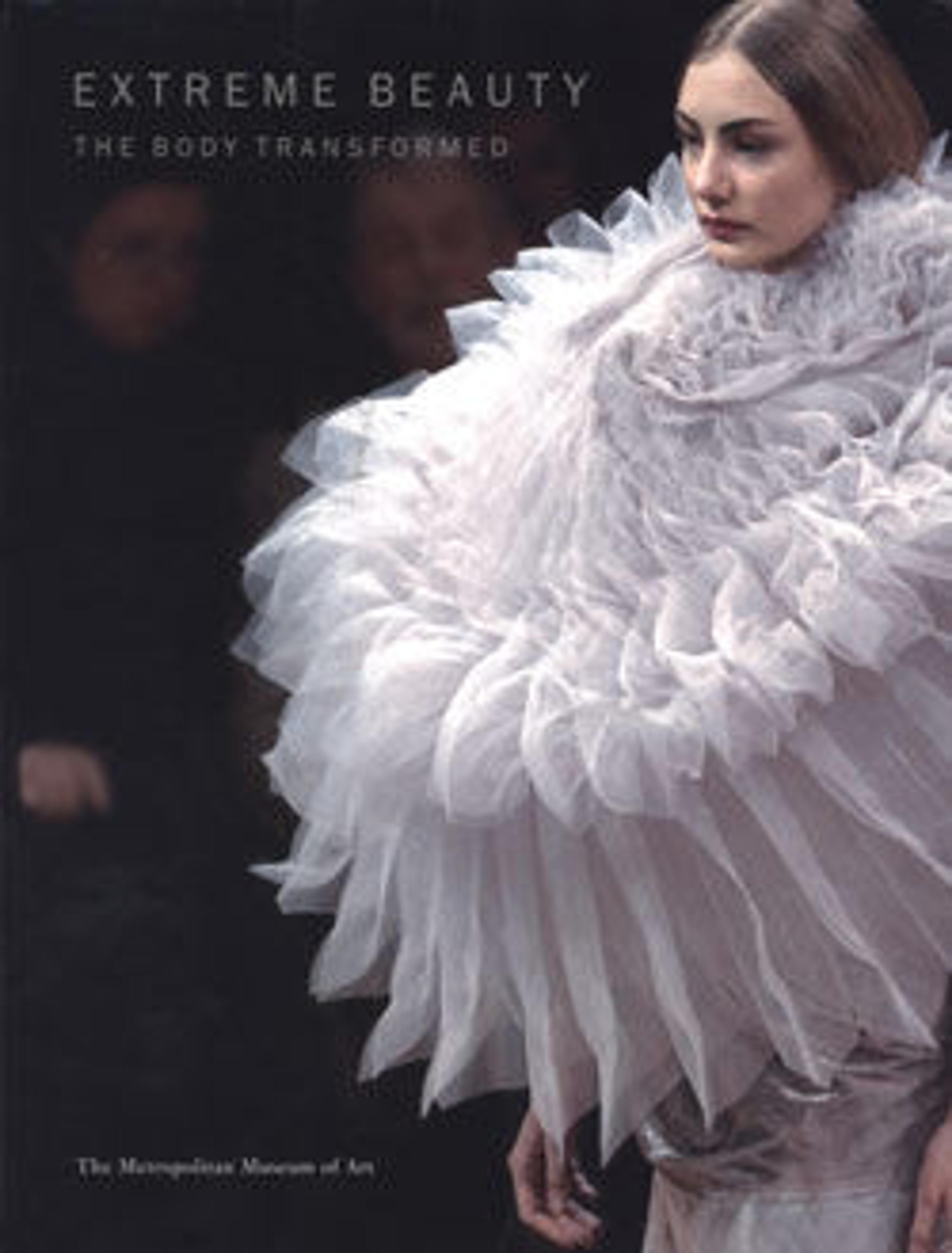Corset
The stays worn in the eighteenth century were a product of heavy labor. A male industry, staymaking was at a very high standard by the middle of the eighteenth century. Stays were made from baleen, which was harvested from the mouth of the Right Atlantic Whale and commonly referred to as whalebone. This material was firm but flexible and could be cut into very thin pieces without any loss of strength. Carefully measured strips of whalebone stitched between a lining and facing fabric created the stays of the eighteenth century. The rounded opening at the top of the stays was made through the innovation of inserting whalebone strips across the bustline as well as vertically. Stays could be fully boned or half-boned, but the latter was more common in the second half of the eighteenth century.
Artwork Details
- Title: Corset
- Date: late 1760s
- Culture: French
- Medium: silk, linen, leather, wood, baleen
- Credit Line: Gift of Mrs. William Martine Weaver, 1950
- Object Number: C.I.50.8.2
- Curatorial Department: The Costume Institute
More Artwork
Research Resources
The Met provides unparalleled resources for research and welcomes an international community of students and scholars. The Met's Open Access API is where creators and researchers can connect to the The Met collection. Open Access data and public domain images are available for unrestricted commercial and noncommercial use without permission or fee.
To request images under copyright and other restrictions, please use this Image Request form.
Feedback
We continue to research and examine historical and cultural context for objects in The Met collection. If you have comments or questions about this object record, please contact us using the form below. The Museum looks forward to receiving your comments.
